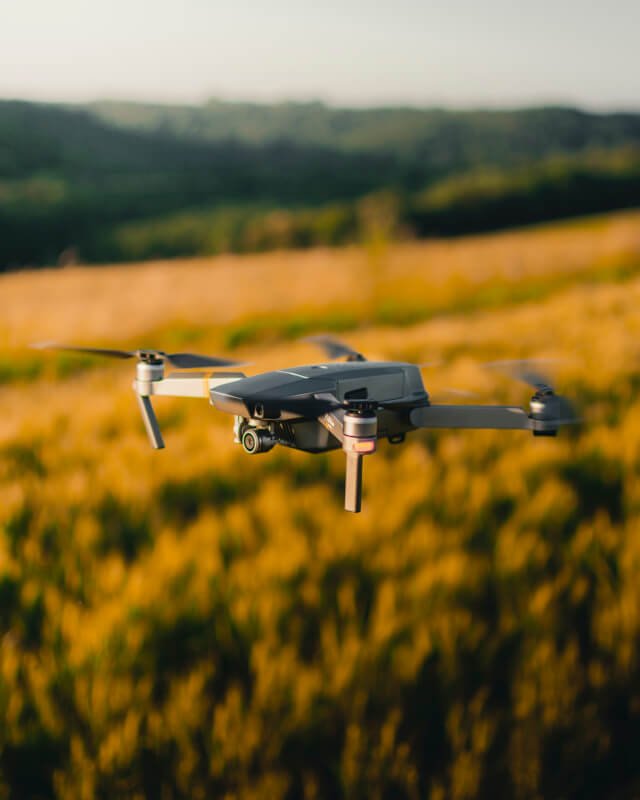Are you looking to take your drone flying experience to new heights? If so, you’ve come to the right place. In this article, we will explore some of the best ways to enhance the range of your drone’s remote control. By implementing these tips and tricks, you’ll be able to maximize the distance your drone can travel, allowing you to capture breathtaking footage and explore new landscapes like never before. So, fasten your seatbelt and get ready to soar with your drone!
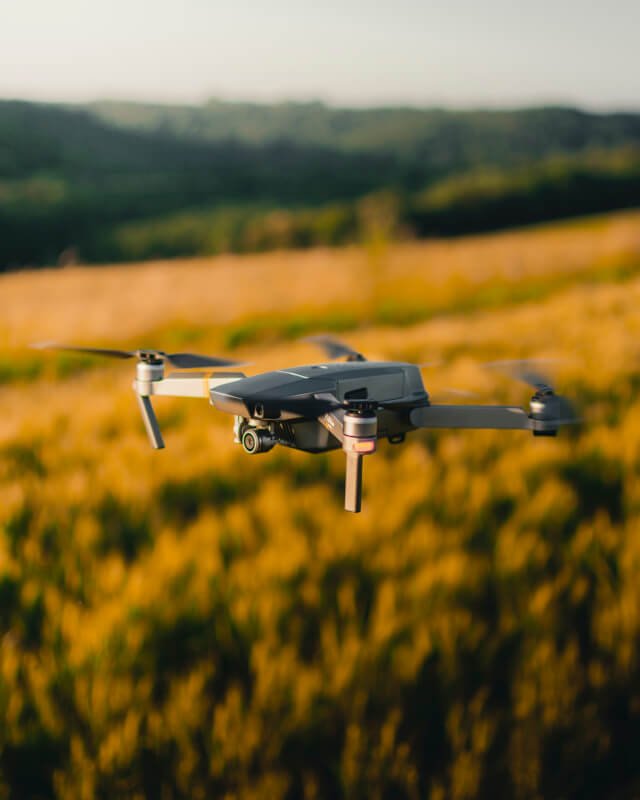
Choose the Right Controller
When it comes to enhancing the range of your drone’s remote control, it all starts with choosing the right controller. The frequency of the controller plays a significant role in determining how far your drone can fly. Before purchasing a controller, always check its frequency compatibility with your drone. It is crucial to ensure that the controller and the drone operate on the same frequency for seamless communication.
In addition to frequency, the quality of the controller also impacts the range. Investing in a higher quality controller can provide better signal transmission and reception, resulting in an extended range. While it may be tempting to opt for a cheaper option, it is worth considering a controller from a reputable brand, known for its reliability and range capabilities.
Upgrade the Antenna
The antenna is another crucial component that can greatly affect the range of your drone’s remote control. Many drones come with stock antennas, which may not provide the best signal strength and range. Upgrading to a high-gain antenna can significantly improve the signal transmission and reception, allowing you to fly your drone further.
Consider opting for a directional antenna, which is designed to focus the signal in a specific direction. This can be particularly useful if you are flying your drone in a specific area or need to extend the range in a particular direction. Directional antennas offer improved signal strength in a narrow beam, allowing you to reach greater distances with your drone.
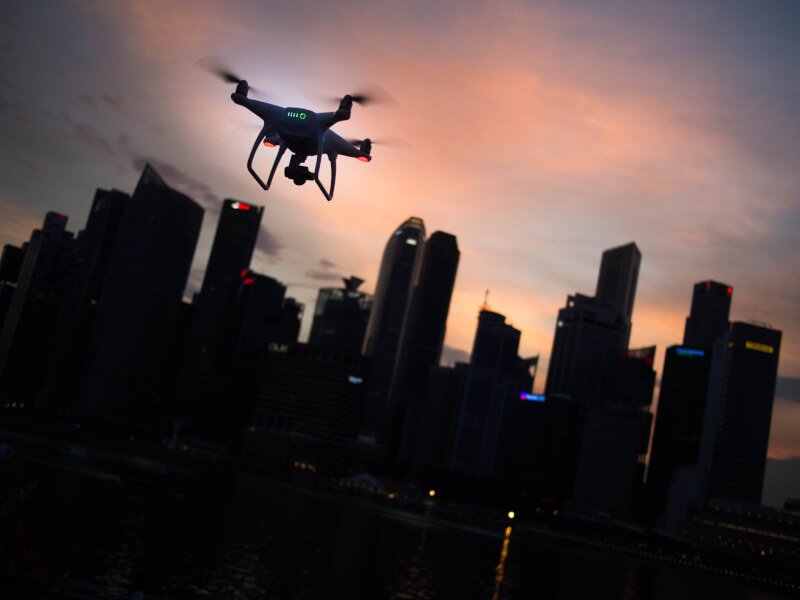
Optimize Drone Placement
To maximize the range of your drone’s remote control, it is important to optimize the placement of your drone. Ensure there is a clear line of sight between the drone and the controller. The presence of obstacles such as buildings, trees, or even people can hinder the signal transmission and limit the range of your drone.
Avoid flying in areas with excessive obstacles, especially ones that can interfere with the signal. By choosing an open area with minimal obstructions, you can enjoy a longer range for your drone. It is also important to consider the altitude at which you fly your drone, as higher altitudes can improve signal reception due to reduced interference from the ground.
Minimize Radio Interference
Radio interference can significantly impact the range of your drone’s remote control. To minimize interference, it is important to avoid flying near power lines and other sources of electromagnetic interference. These sources can disrupt the signal transmission and result in a reduced range for your drone.
Another effective way to minimize interference is to switch to a less crowded frequency band. With the increasing popularity of drones, the airwaves can get quite crowded, leading to signal interference. By switching to a less crowded frequency band, you can reduce the chances of interference and improve the range of your drone’s remote control.
Additionally, turning off any nearby electronic devices that can cause interference can help enhance the range of your drone. Devices such as Wi-Fi routers, Bluetooth speakers, and even microwaves can emit signals that interfere with the drone’s control signal. By eliminating these potential sources of interference, you can enjoy a more stable and extended range for your drone.
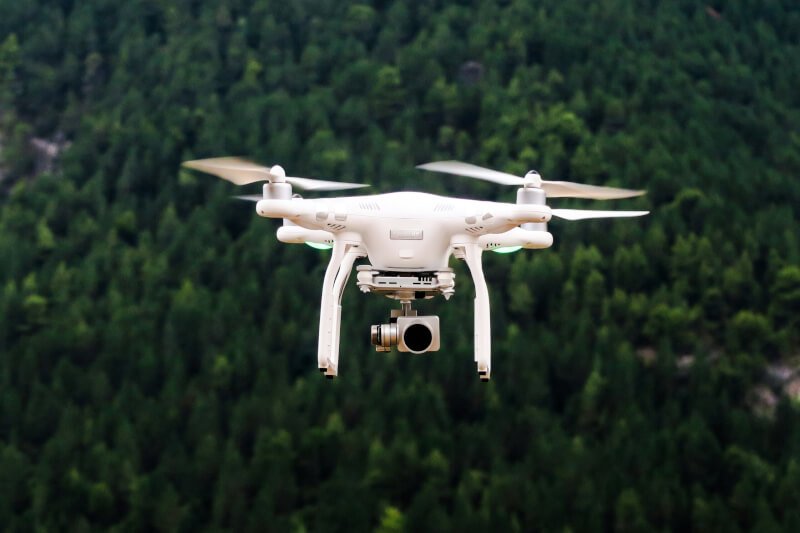
Extend Battery Life
Battery life is another crucial factor that determines how far your drone can fly. By using a battery with a higher capacity, you can extend the flight time of your drone, allowing it to cover more distance. Look for batteries specifically designed for drones that offer a higher mAh capacity to ensure longer flight times.
Another way to extend battery life is to optimize drone settings to reduce power consumption. Adjusting settings such as video quality, camera usage, and flight modes can help conserve power and allow your drone to fly for longer durations. It is important to strike a balance between performance and battery life, finding the optimal settings that suit your needs while maximizing the range.
Upgrade Firmware
Firmware updates can play a significant role in improving the signal stability and range of your drone’s remote control. Manufacturers often release firmware updates to address bugs, enhance performance, and improve signal reliability. Regularly checking for firmware updates for both your drone and controller is essential to ensure you are enjoying the latest advancements in signal technology.
Installing the latest firmware can provide improvements in signal transmission algorithms, making the range more reliable and potentially extending it. Manufacturers are constantly working to optimize the signal capabilities of their drones, and firmware updates serve as a means to deliver these enhancements to the users. By staying up to date with the latest firmware, you can make the most of the range capabilities of your drone’s remote control.
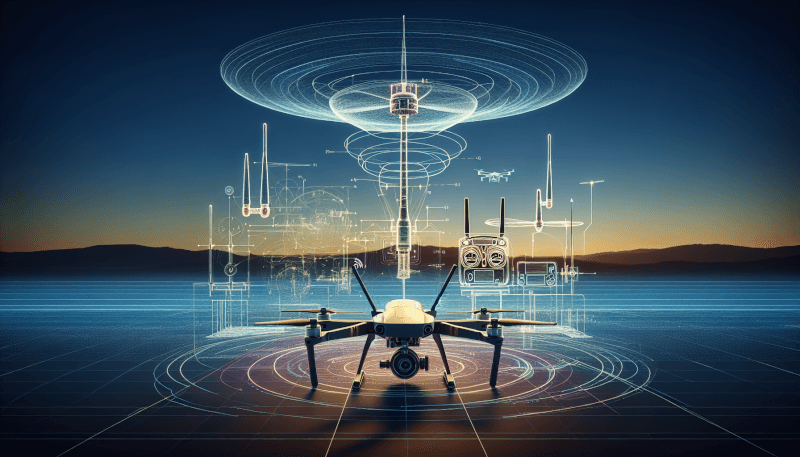
Add Signal Booster
If you need to extend the range of your drone’s remote control even further, investing in a signal booster or range extender can be a game-changer. Signal boosters are devices designed to amplify the signal output of your controller, allowing for increased range and signal strength. These devices work by capturing and amplifying the control signal, effectively extending the range at which your drone can be controlled.
When considering a signal booster, it is important to follow the manufacturer’s instructions for installation and usage. Different boosters may have specific requirements and recommendations, and adhering to them will ensure optimal performance. Signal boosters come in various forms, such as antennas or even integrated systems, so choose the one that best suits your drone and flying needs.
Opt for High-Quality Transmitter and Receiver
Investing in a high-quality transmitter and receiver setup can significantly improve the range and overall performance of your drone’s remote control. Transmitter and receiver systems play a crucial role in transmitting and receiving control signals between your controller and the drone. Opting for a higher quality setup can provide better signal transmission, resulting in an extended range.
It is important to ensure compatibility between the transmitter, receiver, and your drone model. Different drones may have different requirements when it comes to the transmitter and receiver system. Checking for compatibility and investing in a system that is designed to work seamlessly with your drone model will ensure optimal performance and maximum range.
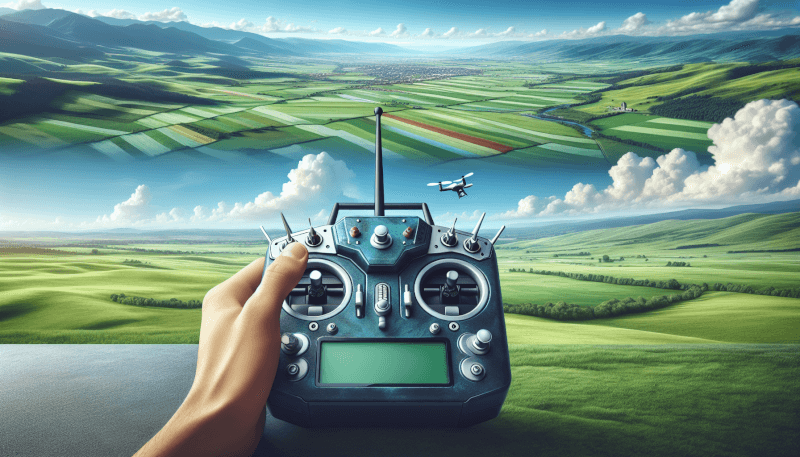
Avoid Extreme Weather Conditions
Flying your drone in extreme weather conditions such as heavy rain, snow, or fog can significantly impact the range and signal stability of your remote control. These weather conditions can interfere with the control signal, resulting in loss of control or reduced range. It is crucial to prioritize safety and avoid flying in such conditions.
By ensuring optimal flying conditions, you can experience better signal transmission and an extended range for your drone. Choose clear and calm weather for flying, as this will provide the most reliable and stable signal. Remember that flying in windy conditions can also affect the range, as strong gusts of wind can impede the stability of the drone and hamper signal reception.
Consider using External FPV Systems
For those looking to enhance both the control and video transmission range of their drone, using a separate First Person View (FPV) system can be a great option. FPV systems provide real-time video transmission from the camera on your drone to a receiver attached to your controller. By using a separate FPV system, you can extend the video transmission range beyond the limitations of the drone’s built-in system.
Consider upgrading to a long-range FPV system for extended signal distance. These systems often have better signal strength and range capabilities, allowing you to fly your drone further while still maintaining a clear video feed. This can be particularly useful when exploring vast areas or capturing aerial footage over long distances.
In conclusion, enhancing the range of your drone’s remote control is entirely possible with the right strategies and equipment. By choosing a controller with an appropriate frequency and considering its quality, upgrading the antenna, optimizing drone placement, minimizing radio interference, extending battery life, upgrading firmware, adding a signal booster, opting for high-quality transmitter and receiver systems, avoiding extreme weather conditions, and considering external FPV systems, you can unlock the full potential of your drone’s range capabilities. So, get ready to explore new horizons and capture breathtaking views with your enhanced drone range. Happy flying!

